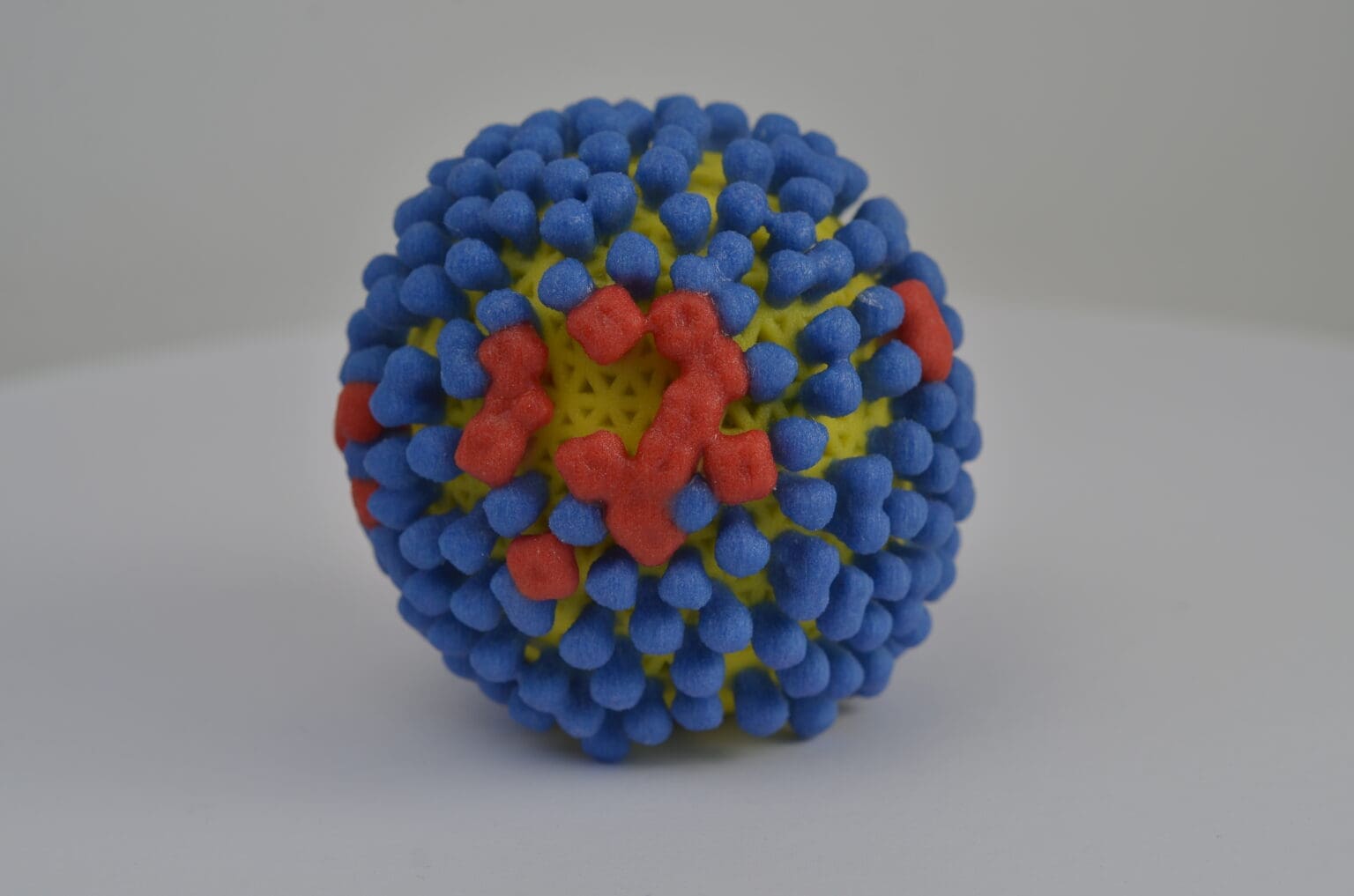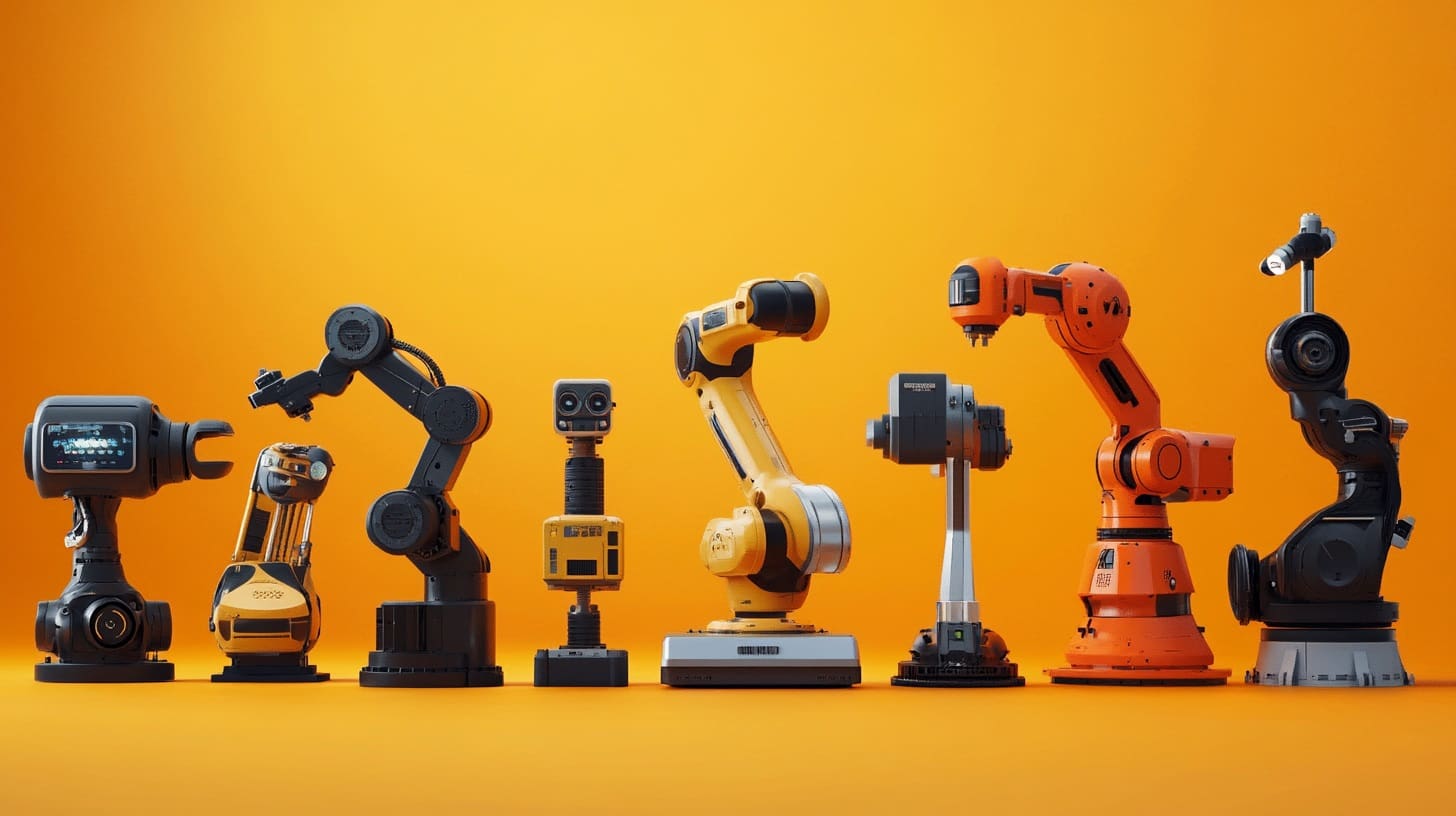Cellular engineering is a specialized field within biomedical engineering that focuses on modifying or manipulating cells to improve therapies, understand biological processes, and develop innovative medical treatments. With the advent of 3D printing technology, particularly bioprinting, cellular engineering has experienced significant advancements. This technology enables the precise fabrication of complex cellular constructs, enhancing tissue regeneration, drug testing, and disease modeling efforts.
The Emergence of 3D Printing in Cellular Engineering
Initially utilized for industrial applications, 3D printing has found a pivotal role in cellular engineering. Bioprinting, a form of 3D printing that uses living cells as “bio-inks,” allows for the creation of structures that mimic natural tissues at the cellular level. This capability is crucial for developing functional tissues and organs, driving forward both academic research and clinical applications.

Advantages of 3D Printing in Cellular Engineering
Customization and Precision: 3D printing offers unmatched capabilities to engineer tissues and cellular constructs that accurately replicate human organ physiology, which is essential for personalized medicine and targeted therapies.
Complexity and Multifunctionality: This technology enables the creation of multi-layered, heterogeneous structures that mimic the complex architecture of natural tissues, incorporating various cell types and extracellular matrices in a single construct.
Speed and Efficiency: 3D printing facilitates rapid prototyping and development of cellular constructs, significantly accelerating the research cycle and reducing the time from concept to clinical trials.
Cost-Effectiveness: Compared to traditional methods of tissue engineering and cellular construct fabrication, 3D printing reduces costs by minimizing waste and the need for expensive scaffolding materials.
Key Applications of 3D Printing in Cellular Engineering
Tissue Regeneration and Repair: 3D bioprinting is extensively used to create scaffolds that support the growth and organization of cells into functional tissues for regenerative medicine, including skin, bone, and vascular tissues.
Organ Fabrication: One of the long-term goals of cellular engineering is to bioprint functional organs for transplantation. While fully functional organs have not yet been achieved, significant progress has been made in developing complex organ-like structures for pharmaceutical testing and disease modeling.
Disease Modeling: Bioprinted tissues provide realistic models to study diseases and test drug responses in vitro, offering a more accurate and ethical alternative to animal testing.
Drug Discovery and Toxicology: 3D printed cellular constructs allow for high-throughput screening and toxicity testing of new drug candidates, reducing development costs and improving predictive accuracy of drug efficacy and safety.

Challenges in 3D Printing for Cellular Engineering
Cell Viability and Functionality: Maintaining cell health and functionality during and after the printing process is challenging. The shear forces and pressure involved in bioprinting can adversely affect cell viability and the biological activity of printed constructs.
Material Compatibility: Developing bio-inks that are both printable and conducive to cell growth requires a delicate balance of material properties. These materials must be biocompatible, support cell adhesion and proliferation, and degrade at a rate that matches tissue maturation.
Resolution and Scalability: Achieving the high resolution necessary for detailed cellular structures, especially at the microscale, is technically challenging. Additionally, scaling up bioprinted constructs from small prototypes to larger, clinically relevant sizes remains a significant hurdle.
Regulatory and Ethical Considerations: The use of 3D printed tissues and organs, especially those intended for therapeutic purposes, involves complex regulatory challenges. Ethical considerations around bioprinting human tissues also require careful attention and ongoing debate.
Future Directions in 3D Printing for Cellular Engineering
The future of 3D printing in cellular engineering looks promising, with continuous advancements anticipated in bioprinting technologies, bio-inks, and automation. Innovations such as the development of more sophisticated bio-inks, improved printing resolution, and the integration of vascularization within bioprinted tissues are expected to address current challenges and expand the capabilities of 3D printed cellular constructs.
3D printing is set to continue revolutionizing cellular engineering by providing advanced tools and methodologies for creating complex, functional tissues and organs. As the technology progresses, it promises to unlock new therapeutic possibilities, enhance personalized medicine, and improve the efficacy of drug discovery and disease modeling. With ongoing innovations, 3D printing will increasingly become a cornerstone technology in cellular engineering, pushing the boundaries of what is possible in regenerative medicine and biomedical research.








